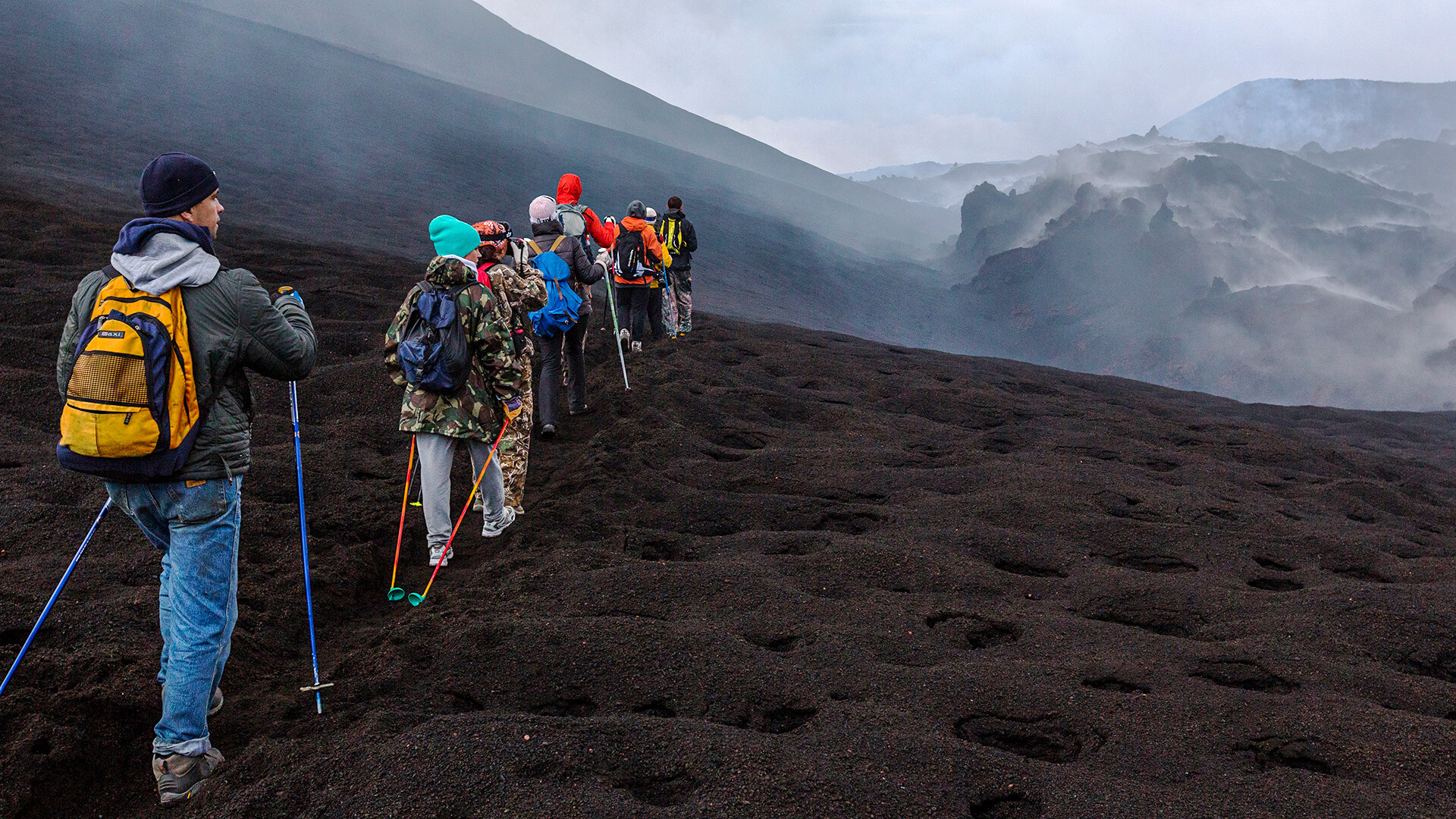
Tourists trekking in the area of the Tolbachik volcano eruption.
Alexander Piragis/Sputnik“A strong earthquake occurred off the coast of Kamchatka”, “A Kamchatka volcano threw ash to a height of 4 kilometers”, “Ash falls in a Kamchatkan village” – these headlines are a common occurrence in the Far East media. The majority of earthquakes and volcanic eruptions in Russia happen there. But, it’s not really that scary.
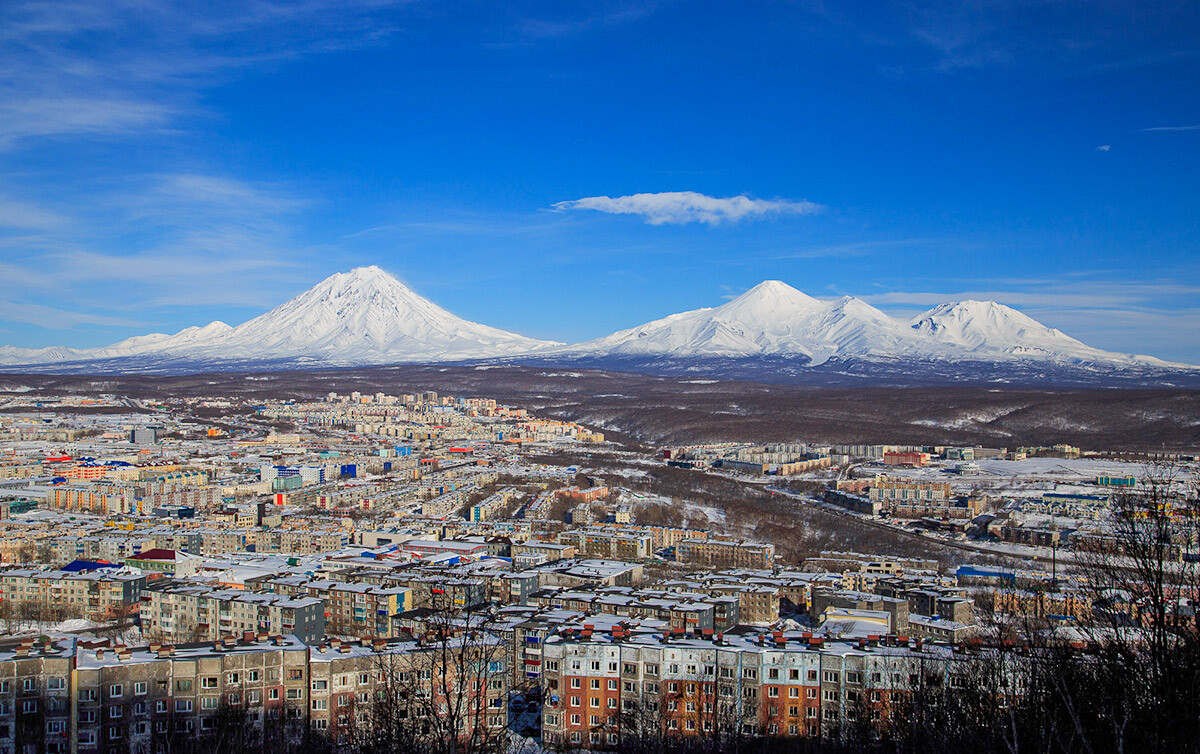
Petropavlovsk-Kamchatsky from above.
500pxKamchatka has an unbelievable “volcano housing density”: there are about 300 inactive and 30 active volcanoes on a peninsula 1,200 kilometers long and 440 kilometers wide; every year, one of them or several at once wake up.
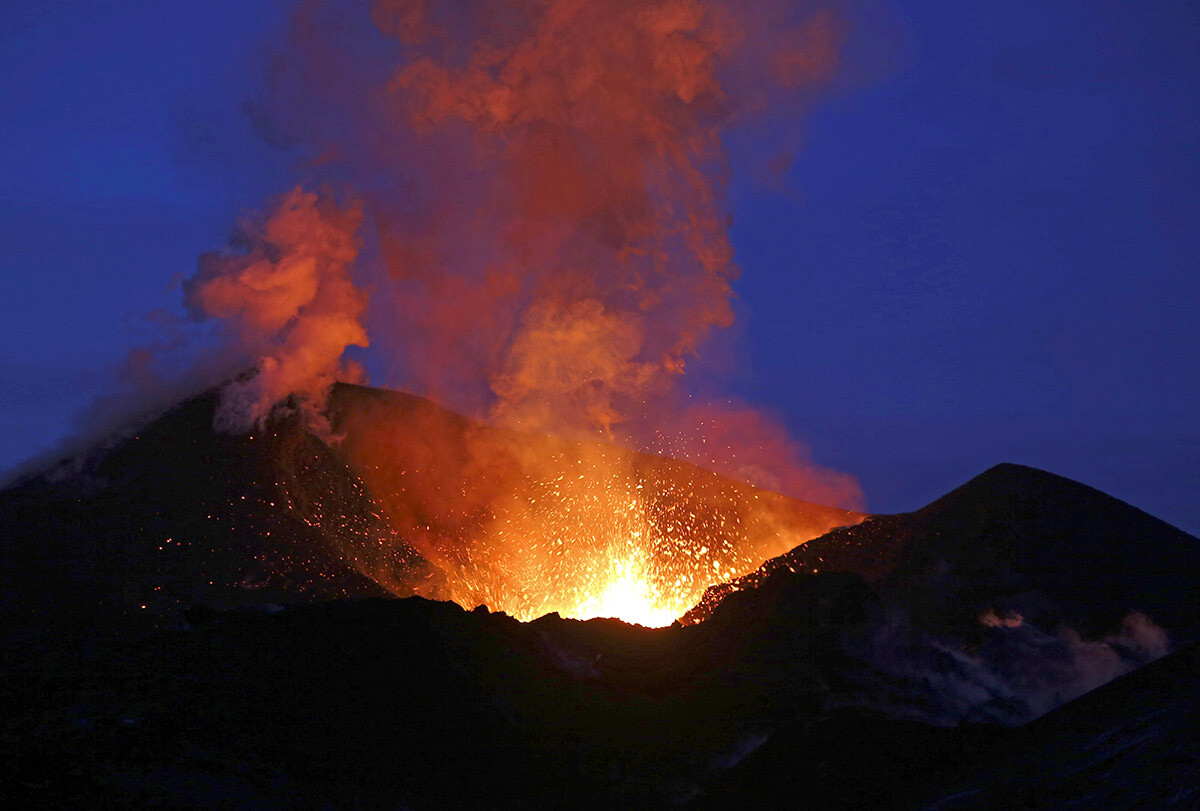
The eruption of Plosky Tolbanchik volacno.
Yury Demyanchuk/SputnikPetropavlovsk-Kamchatsky, the capital of Kamchatka Territory, is surrounded by three volcanoes – Avachinsky, Koryaksky and Kozelsky (the first two are active). They are just a couple of dozens of kilometers away from the city, so the locals lovingly call them their “home volcanoes” and visit them more often than others.
Another popular place is 70 kilometers away from the city – the inactive Vilyuchinsky volcano with a modern ski base on its slope. In July 2021, there was even a wedding held on it.
The Shiveluch and Klyuchevskoy volcanoes that erupted this fall (Shiveluch is still spitting out ash and lava) are located in the northern part of the peninsula; the village of Klyuchi (600 kilometers from Petropavlovsk-Kamchatsky) at their foot is regularly covered in ash.
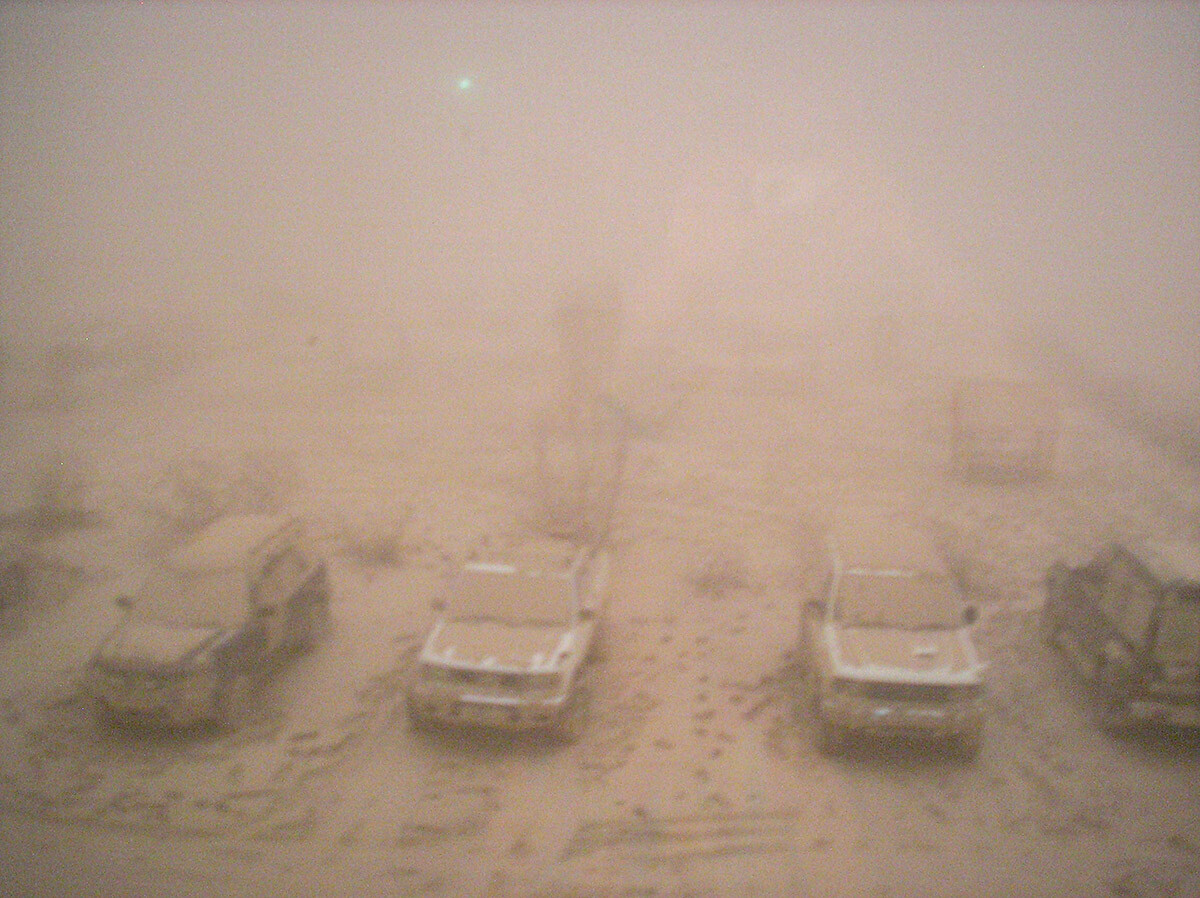
The ash fall in the town of Ust-Kamchatsk, some 100km east of Klyuchevskaya Sopka.
Igor Buimistrov/TASSThe oldest volcanological station in Russia is located there, founded back in 1935. Aside from the volcanologists regularly posting the best moments from the life of volcanoes on social media (and it’s fascinating!), the station even has a tourist center for everyone wishing to take a closer look.
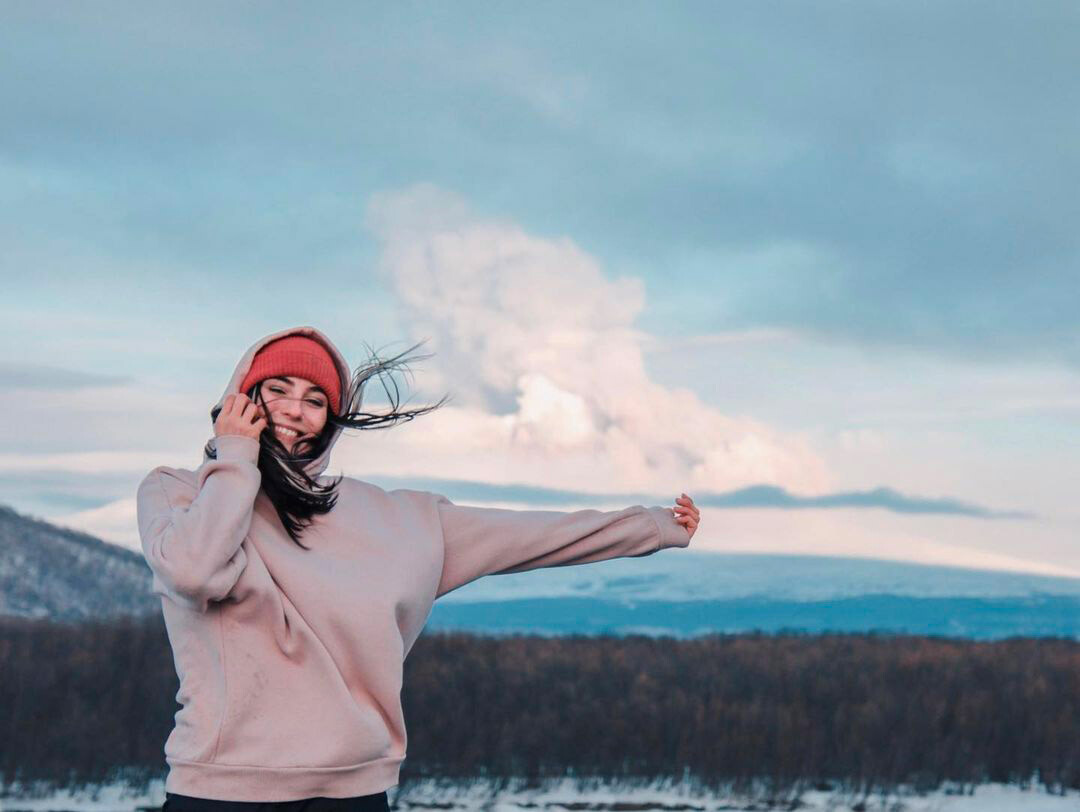
Alisa.
@eisman_lis“People come to see volcanic activity in all its beauty, as well as post-volcanic natural phenomenons, to hear the noise of fumaroles, to bathe in hot springs,” Alisa from Petropavlovsk-Kamchatsky says. “We have Shiveluch volcano erupting now, we literally dropped everything we were doing and went deeper into the peninsula to see how molten lava is flowing down with our own eyes, it’s a unique event! We set up a tent at a safe distance and enjoyed the view.”
“Active holidays led me to Kamchatka. I wanted to try out surfing, see the volcanoes and the Pacific Ocean,” Alexei from Nadym (Yamal Peninsula) says.
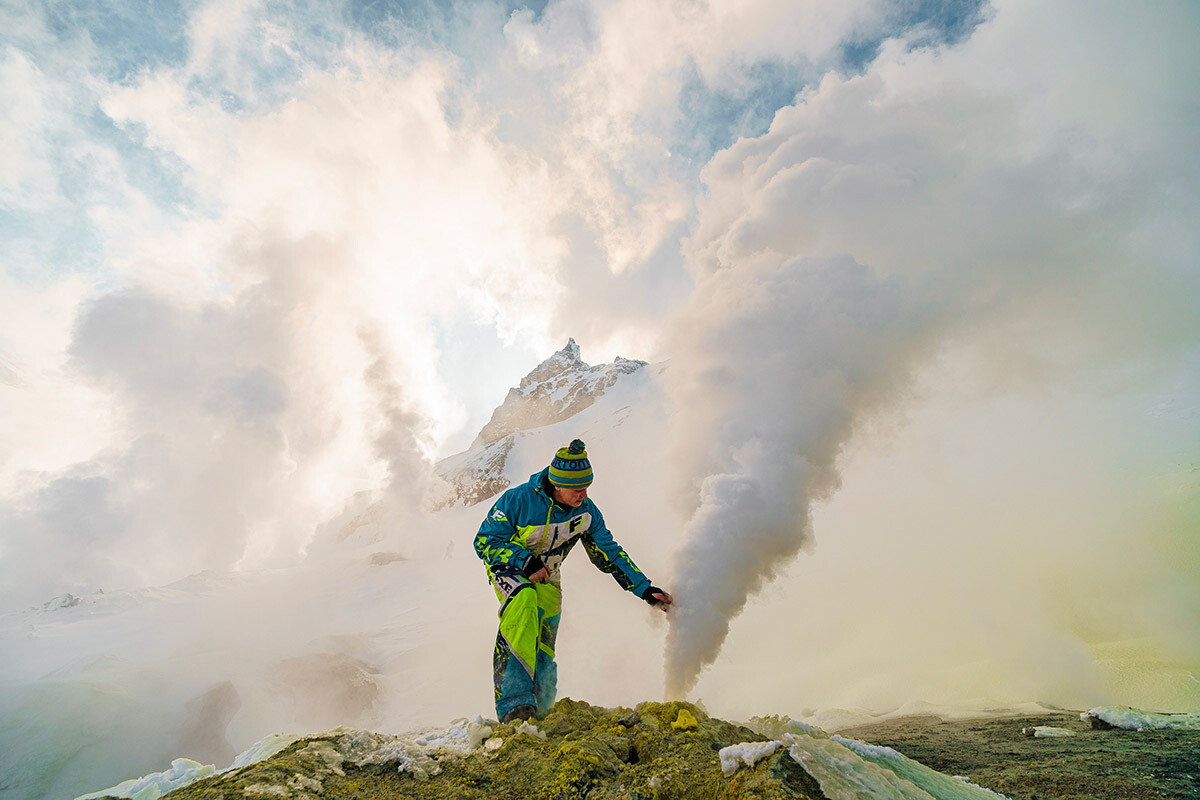
Alexei in Kamchatka.
@kopeykinride“Now, I come so often, they sometimes think I’m a local. In summer, we went to the volcanoes on motorcycles. In winter – on snowmobiles. I also tried heliskiing there (when skiers get dropped off on top of inaccessible mountaintops via helicopter). A couple of weeks ago, I saw a volcano erupting. Astonishing!” Alexei says that he specifically went with his friends to the northern part of the peninsula to see Shiveluch erupting and stayed at a tourist center in Klyuchi.
“I didn’t see any ash, but I did see very bright lava,” he explains. “Honestly, the Ministry of Emergency Situations doesn’t recommend approaching an erupting volcano closer than 15 kilometers, but some travelers still climb its slopes to fulfill their dream.” Usually, people receive text message warnings during volcano eruptions, so no one would come close to the volcanoes.
As for the locals, as Alexei says, he hasn’t noticed any special anxiety among them about living close to volcanoes.
“I was born and raised in Kamchatka, so earthquakes have been a usual thing to me since childhood,” Alisa says. “When I was a teenager, I remember one long period of time when there were earthquakes almost every day and it seemed that we were so used to it, we couldn’t be surprised by anything. But once, a strong earthquake began when I was at a store and then, for the first time, I saw how people really paniced, they crowded the exit.”
About 20% of Russian territory belongs to seismically active areas, but only 5% of them have a possibility of strong earthquakes that reach 8-10 points on the Richter scale. The “hottest” place is the coast of the Pacific Ocean of Russia (Kamchatka, Sakhalin and the Kuril Islands), where the border between lithospheric plates lies. About 300 earthquakes are registered there per year; but, the majority of them pass without any consequences.
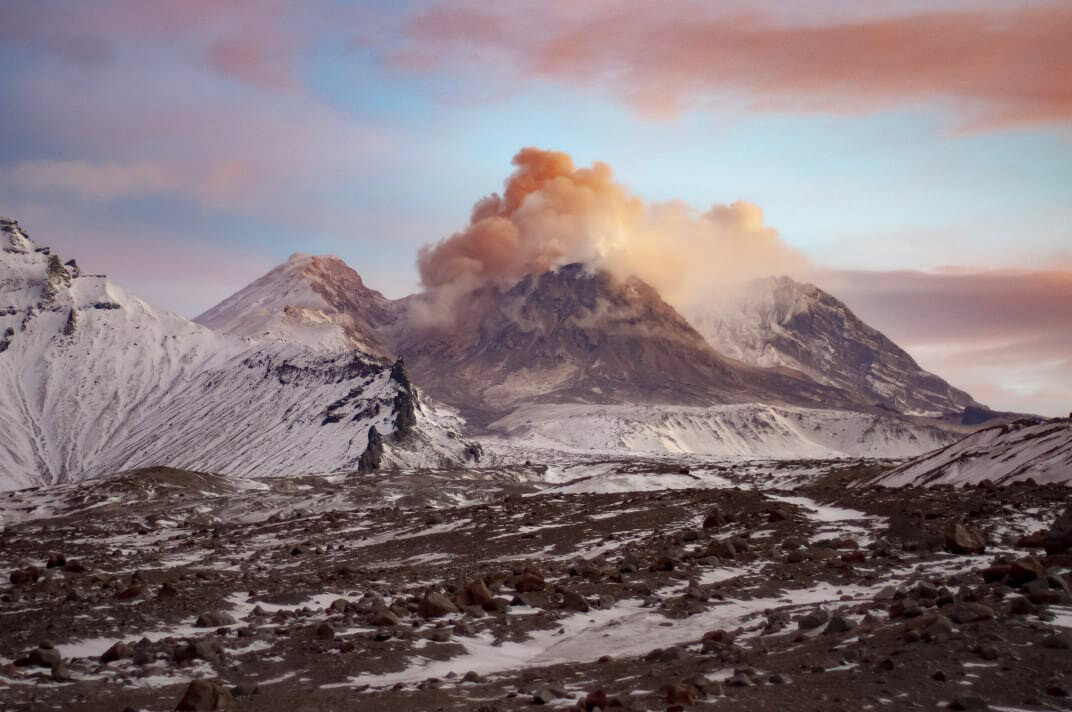
The eruption of Shiveluch.
Andrei Ostoukhov / @pinakollada“Sometimes it might seem that everything is rocking a little. If I’m not sure, I go to see the news, on websites, on social media out of curiosity and find them confirming or refuting my perceptions. But, after a strong earthquake everyone is calling each other,” Alisa says. One of the last strong earthquakes occurred in 2006 in Olyutorsky District in the north of the peninsula. Because of it, 1,200 people had to be evacuated from the village; there were no casualties only because everything happened during the day and the inhabitants could quickly leave their homes. One of the villages, however, was entirely destroyed and disappeared from Kamchatka maps. Now, all buildings are reinforced to avoid casualties in such cases. The Soviet panel houses look especially atmospheric – they grow additional “ribs”, stiffened with steel cables, so the building won’t collapse from shaking.
Alisa says that there are people who are so afraid of cataclysms that they even leave Kamchatka, but the majority are calm about it. “I’m enchanted by the grandeur of nature, I’m excited to realize that right this moment I feel the global geological and tectonic forces of Earth on myself, that I live in such a unique place!”
Dear readers,
Our website and social media accounts are under threat of being restricted or banned, due to the current circumstances. So, to keep up with our latest content, simply do the following:
If using any of Russia Beyond's content, partly or in full, always provide an active hyperlink to the original material.
Subscribe
to our newsletter!
Get the week's best stories straight to your inbox